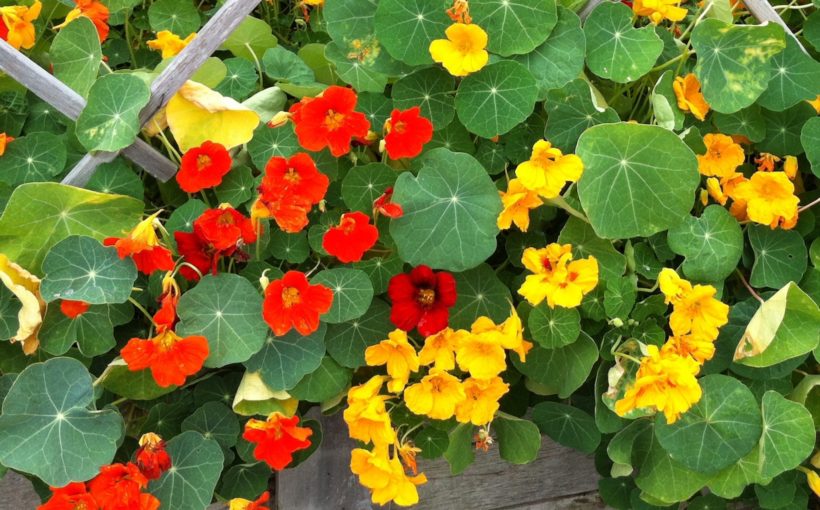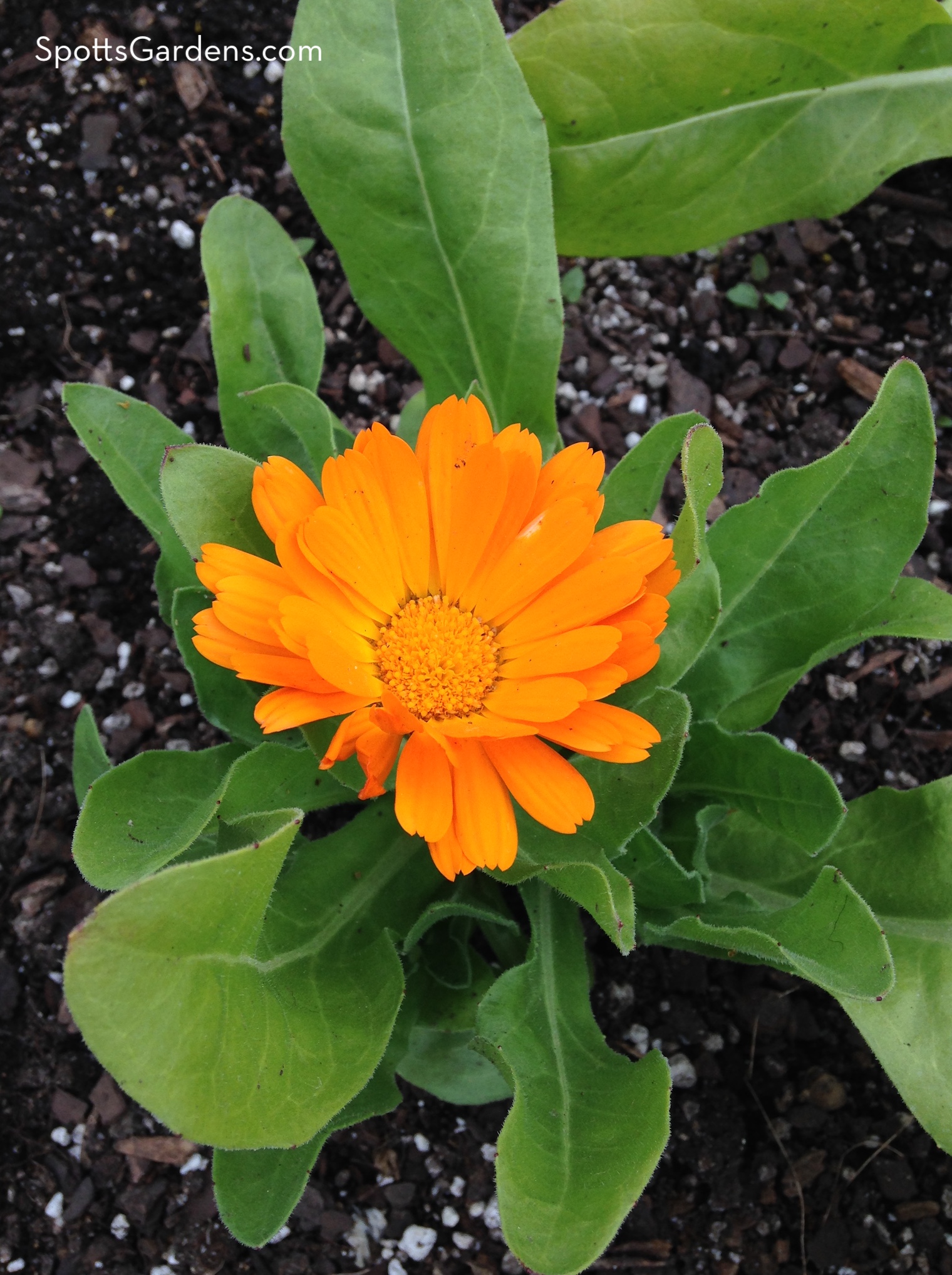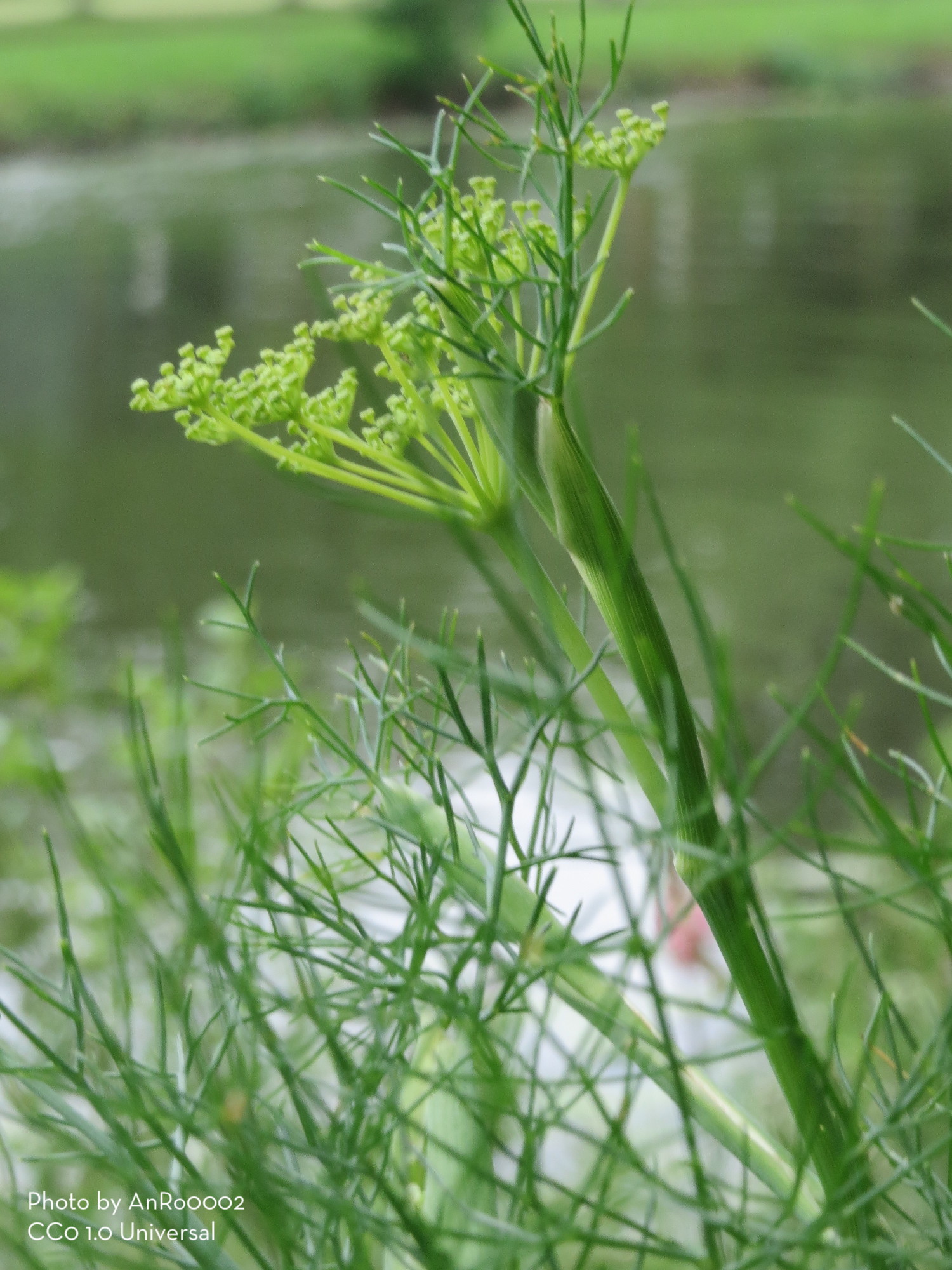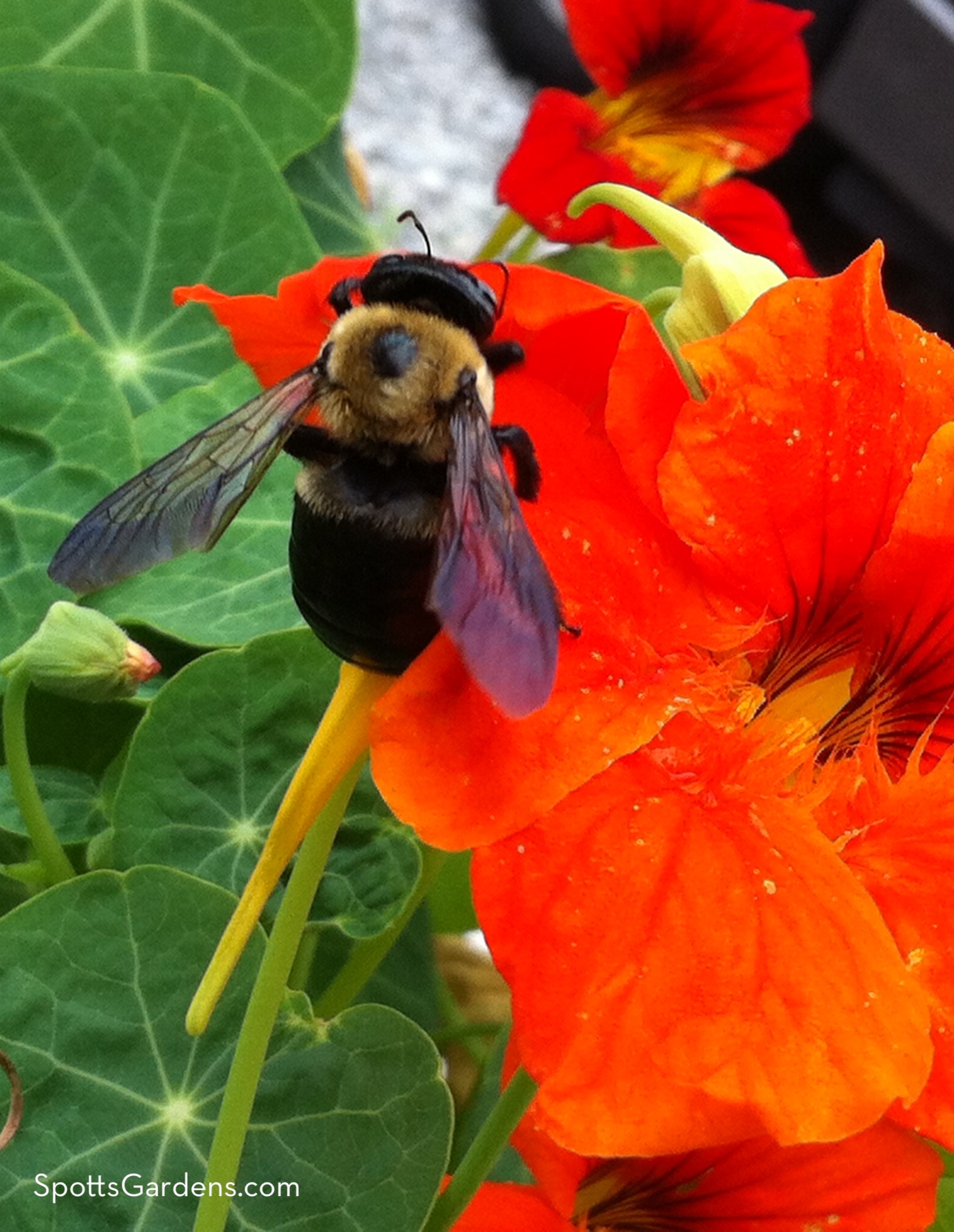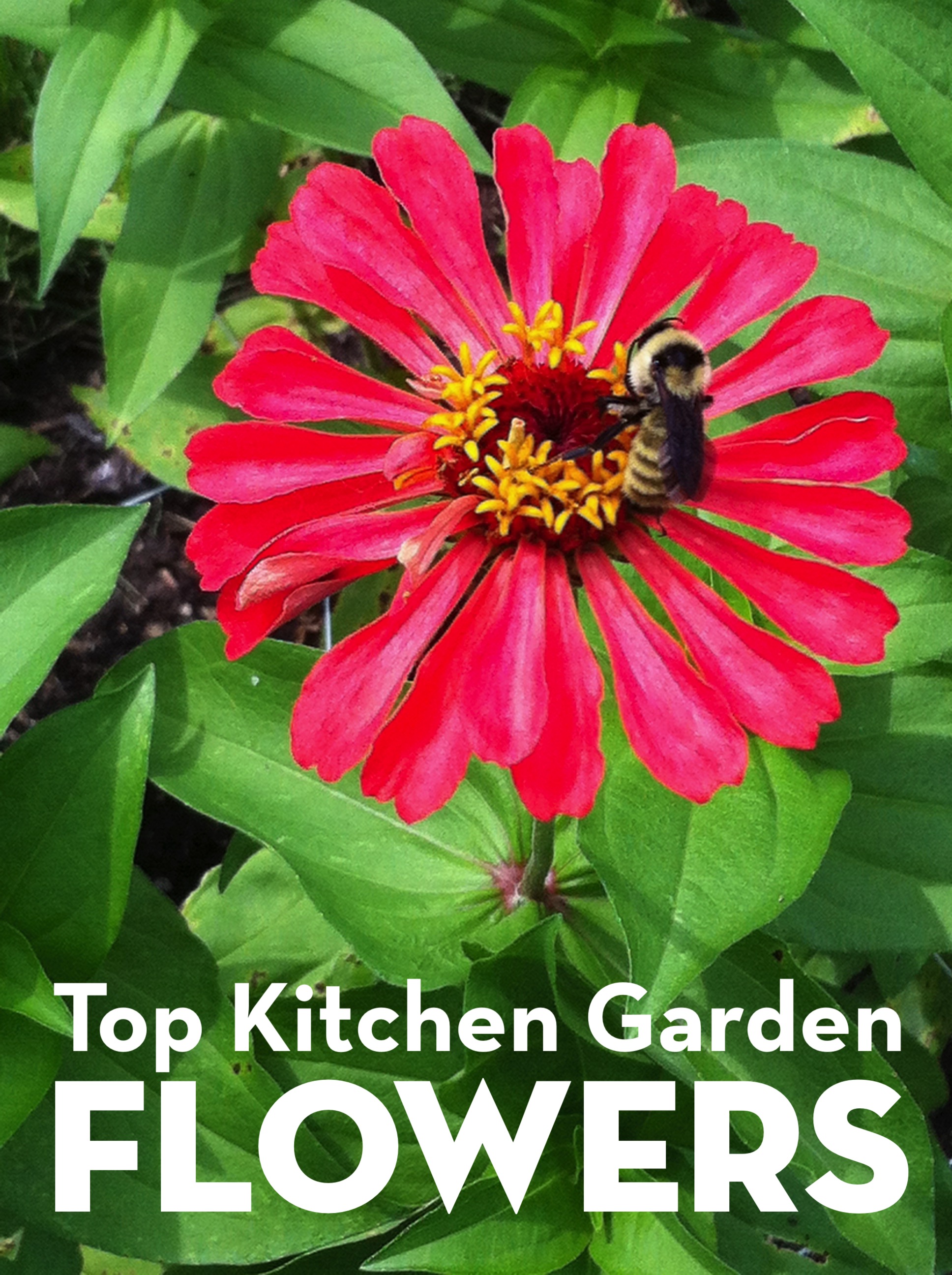As you’re planning your kitchen garden this year, be sure to add some flowers! Brilliantly colored flowers are a perfect accent to the greens, purples, and reds common in the vegetable garden.
Each of our top five has a use besides beauty—from luring beneficial insects to cutting for the table. Four of the five are edible too! Be sure to grow edible flowers from seeds yourself. Plants purchased at nurseries will likely have been treated with pesticides.
CALENDULA
Calendula officinalis. Leaves and petals are edible.
Also called “pot marigold,” calendula has long been used as a far more affordable substitute for saffron. Its zingy taste and intense color make a nice additions to salads, soups, and cream cheese. You can also use this annual in beauty creams and rinses for blonde hair. Despite their long stems and orange and yellow blooms, they aren’t great for cut flowers, because the strong fragrance can be overwhelming indoors. On the other hand, they attract beneficial insects, improve the soil, and can even be used as a cover crop.
DILL
Anthem graveolens. Flowers, leaves, and seeds are edible.
The yellow, flat umbels of dill flowers are a beneficial insect magnet. Plant dill under your fruit trees to draw in pollinators and lady bugs. You can harvest the dill seeds for pickling, chop the leaves for cooking, and use the feathery foliage to fill out bouquets. Even the flowers are edible! Dill is an annual, but a great self-sower. Let the plant drop seeds, and dill will come back for you.
NASTURTIUM
Tropaeolum minus. Flowers, leaves, and seeds are edible.
Whether you grow the vining type or the low-growing kind, nasturtiums brighten up the garden with reds, oranges, and yellows. Both the flowers and leaves are edible, with a peppery taste. You can use the seeds like capers. Nasturtiums like a fairly lean soil, so don’t put them in your vegetable beds. Instead, grow them under fruit trees where their large leaves and sprawling habit can serve as a living mulch. They look good edging a bed, too. Nasturtiums are grown as annuals in zone 6.
SUNFLOWER
Helianthus annus. Buds, petals, and seeds are edible.
Native to the Americas, sunflowers attract loads of beneficial insects. Plus, of course, they offer bright colors and edible seeds and petals. Be sure to buy the old-fashioned kind, and not one of the new “pollenless” varieties, which are no good at attracting insects. The dwarf sunflowers can go anywhere in the kitchen garden, but be sure to put tall ones where they won’t shade other plants—on the north side, perhaps.
ZINNIA
Zinnia elegans. This plant is inedible.
These long-blooming summer annuals attract beneficial insects to the garden and are a knockout in a vase. Zinnas are available in every color from pink to red to yellow to green, so you’re sure to be able to find colors you love. Check out the different flower forms, too. Plant them with annual salvias for a rainbow of cut flowers. Zinnias like a fertile soil and will appreciate a spot in the vegetable garden.
For other great kitchen garden flowers (and how to use them), check out this site. Then get out the seed catalogs!
